In recent years, “OKR (Objectives and Key Results)” has been attracting attention from companies around the world.
By setting clear performance goals in OKRs, the organization can work together as one, and there is hope for improving the performance of each employee. However, we believe that there are still issues to be solved when it comes to understanding the implementation. There seem to be many companies that do.
In this article, we will explain in an easy-to-understand manner the meaning and benefits of OKR that you should know, as well as the difference from KPI and MBO, the procedure for setting indicators, and specific examples.
What is OKR (Objectives and Key Results)? Meaning and summary
OKR means “Objectives and Key Results” in English. This is an abbreviation of “Objectives” which means goals and objectives, and “Key Results” which means performance indicators and results. To put it simply, it means “a standard or measuring stick for measuring the goals set by a company and the degree to which they have been achieved.”
Companies must set “unachievably high challenging goals (stretch goals)” and make them visible and share them with everyone in the organization, as well as “clear performance indicators” to achieve those goals. A feature of OKRs is that they are set at the same time.
OKRs are said to be an “objective management method” originally developed by major semiconductor manufacturer Intel in the 1970s and spread among IT companies in Silicon Valley.
Examples of companies that have adopted OKRs include major global companies such as Google and Facebook, as well as famous Japanese companies such as Kao and Mercari. By incorporating OKRs, employees can constantly keep track of each other’s progress, and the key is to work together to achieve the mission while increasing individual motivation.
OKR is a framework that incorporates the process of achieving highly difficult goals into the results of departments, teams, and individual employees, and links the final corporate goals with individual results to manage achievement status. Let’s understand.

What is the difference between OKR, KPI, and MBO?
The key to OKR is to set high goals (stretch goals) with an achievement rate of about 60% to 70%, and to set performance indicators, but when introducing the system, it is often confused with “KPI”. This is an indicator for checking progress. Check out the differences between OKR, KPI, and MBO below.
“KPI (Key Performance Indicators)” are “indicators that quantitatively evaluate the degree of goal achievement” called “Key Performance Indicators”.
In the process of reaching the final goals set by a company, it is an index that quantitatively evaluates whether individuals, teams, departments, etc. are meeting their goals.
Although it can be said to be similar to OKR in the sense of checking the degree of goal achievement, the key to KPI is to always evaluate processes using “measurable numerical data.”
It is important to understand that KPI is a “framework for measuring progress” that sets indicators for each point that allow the goal to be achieved naturally, and evaluates the degree of achievement.
On the other hand, OKRs have a strong meaning of indicating the medium- to long-term mission of an individual or team, or the vision of an organization, and they intentionally set high goals (stretch goals) that require challenge. Therefore, while OKRs always have an achievement rate of around 60% to 70%, KPIs aim for a 100% achievement rate. The fact that KPIs set achievable numerical targets can also be said to be a major difference from OKRs.
Related article:
Difference between KPI and KGI – Consider utilizing the two major items essential to achieving goals
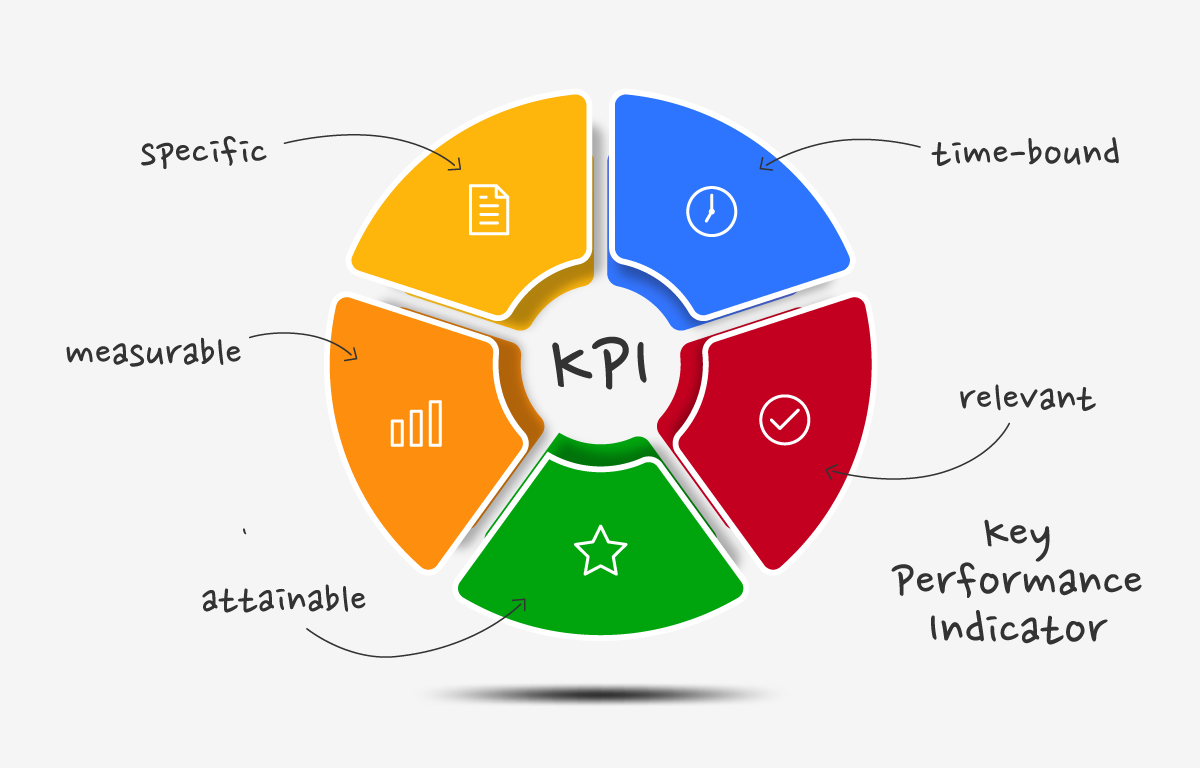
Difference between OKR and MBO
“MBO (Management By Objectives)” is a “management by objectives system” that is often compared to OKR. It is one of the “organizational management methods” in which individuals and teams self-manage the progress of goals set in advance, and superiors set the next goal according to the degree of achievement.
MBO is a framework that many companies are currently adopting. First, employees set goals based on company policy and carry out their work through self-management. Your superior’s evaluation will be determined by your level of achievement. By working toward goals that you have set for yourself, you can easily identify issues and areas for improvement, and your superiors can provide accurate follow-up and advice depending on your progress.
While OKR, which is the subject of comparison, “sets performance indicators toward the goals of the entire company,” MBO has more of an “evaluation system that manages goals for individuals, teams, and departments.” Yes.
In addition, the main purpose of OKR is to “bring out the potential of employees” by setting high goals and performance indicators, while MBO is aimed at improving productivity, while It seems that it is often adopted as an evaluation system that shows It is important to understand that this is a management method that is already used in various companies for personnel management and organizational management.

What are the benefits of introducing OKRs (objectives and performance indicators)?
OKR has been attracting attention from many companies in recent years, but what are the benefits of actually implementing it and setting up a system? Check out the specific benefits below.
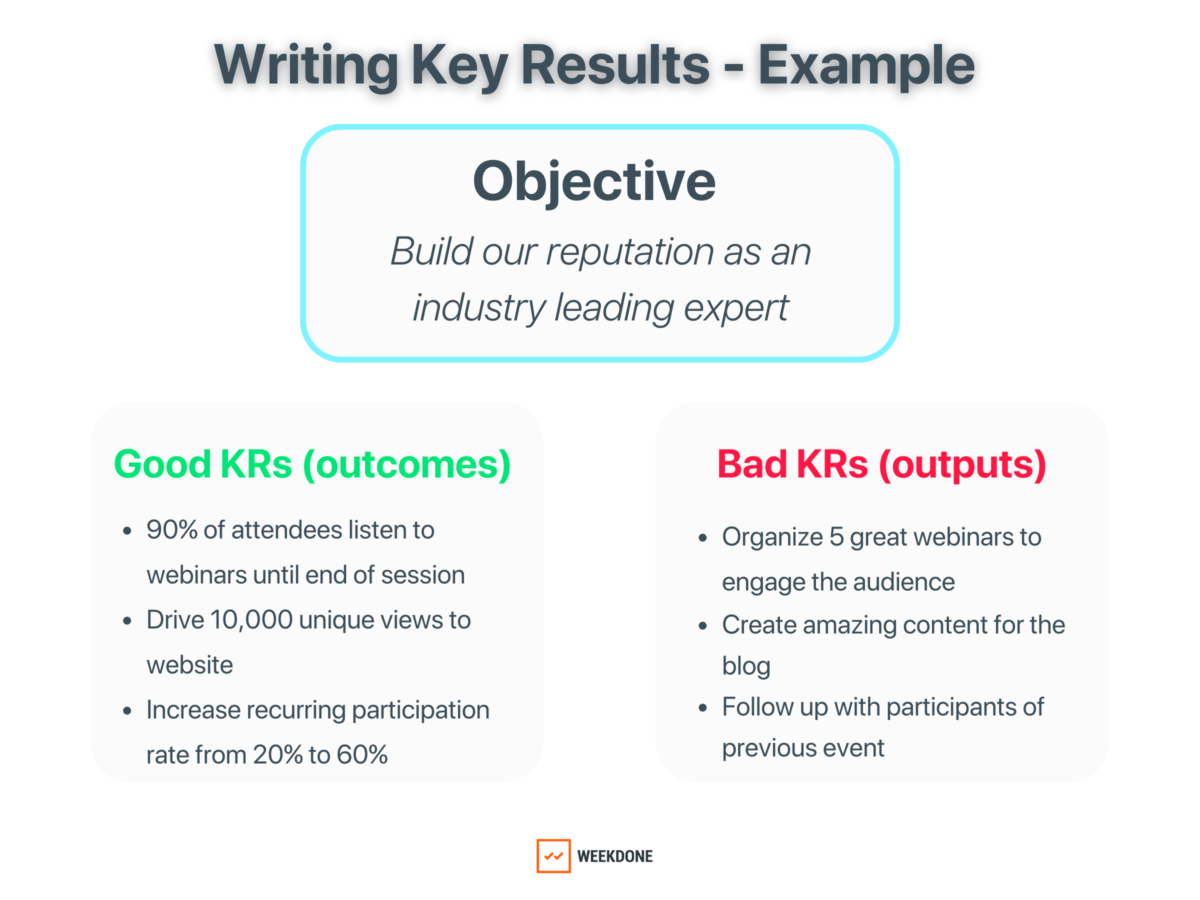
Employees can prioritize what they need to do
Because it clarifies what individuals, teams, and organizations need to work on right away, each employee can carry out tasks and tasks that lead to OKR goals without hesitation.
The key point is that by making the process “visible” with OKR, superiors and employees can check each other’s progress, and if they decide that follow-up is necessary, they can respond in a timely manner.
One of the benefits is that teams and organizations can work together toward goals and work while referring to employees who have achieved great results.

Connecting organizational goals and individual goals
OKRs make it easy to visualize not only the goals and achievement rates of each employee, but also the goals and achievement rates of each employee, making it easier to imagine that your work is directly connected to the growth of the company.
Another great benefit is that it is easy for employees to learn from each other what kind of efforts are being made by those around them in order to produce results based on performance indicators, as well as efficient methods and specific examples of how to improve results. is.

“Responsibility” is clarified
By being able to see how each employee’s work affects the achievement of goals and the circulation diagram of everything from the organization as a whole to their own work, a sense of responsibility is created, which increases individual motivation and desire to achieve. You can expect morale to rise throughout the company and productivity to improve. By implementing OKRs, you can set performance indicators to help you understand where the obstacles are that are preventing you from achieving your goals. Another benefit is that by clarifying mission responsibilities, issues can be identified.
Related article:
What is inside sales? Also explains the key points for achieving goals and points to note when setting KPIs.
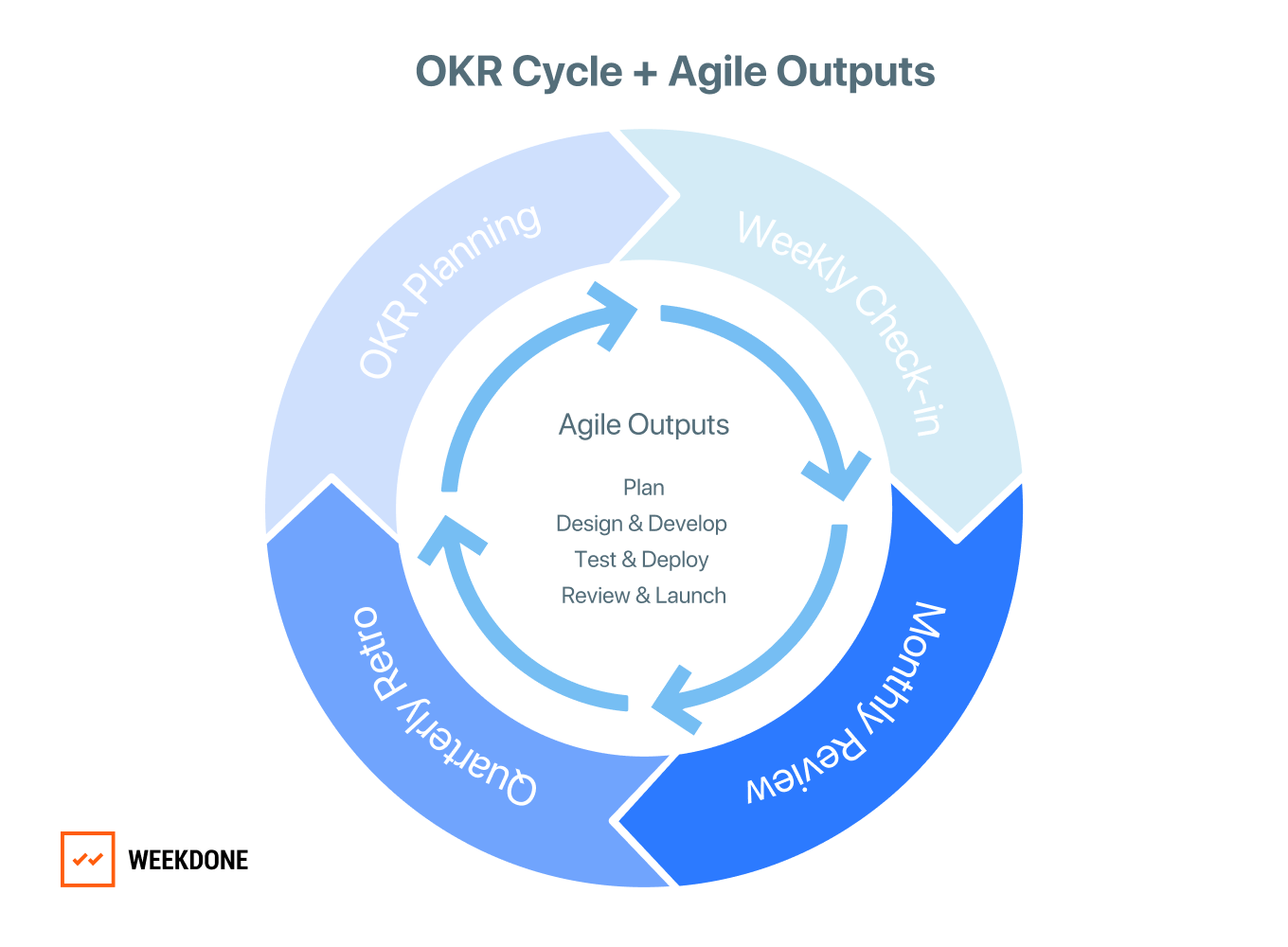
OKR setting procedures and specific examples
OKR is a framework for managing goals and performance indicators, and when implementing it, it is important to set the level of difficulty appropriately. It is desirable to have goals and indicators that are achievable by taking on challenges, rather than goals that are too high that are impossible to achieve or performance indicators that can be achieved easily. Setting up an appropriate system that promotes the growth of individuals, teams, and the organization as a whole is likely to be the key to determining the success or failure of OKR implementation.
The steps to set up OKRs and specific examples are as follows.
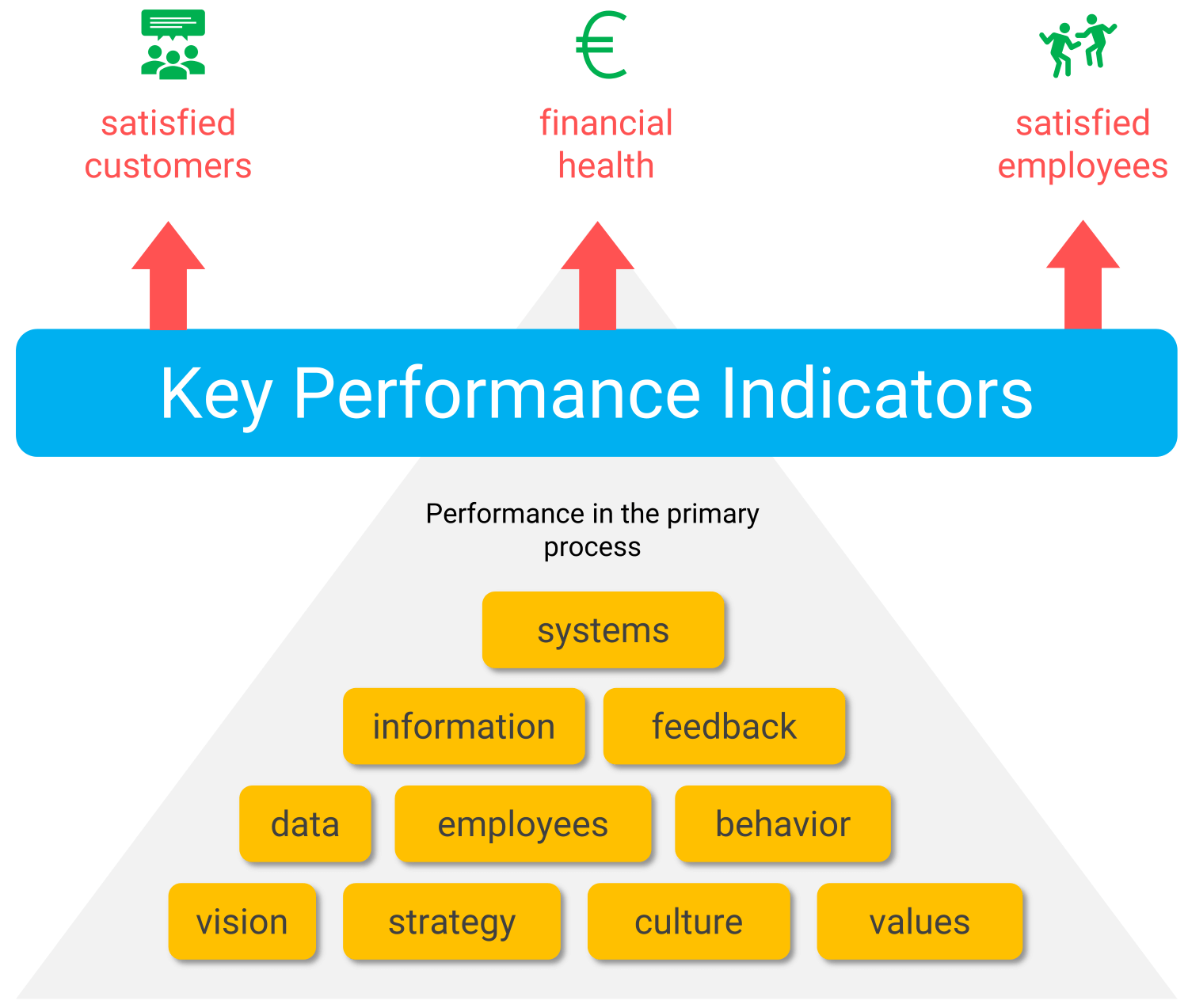
Steps to set up OKRs
① Clarify the company’s vision and OKR objectives and share them along with the goals.
②Set performance indicators for each department and team.
③Set individual performance indicators.
The key is to communicate within the organization and confirm whether each performance indicator is appropriate. Set OKRs that will help you achieve your goals in a meeting or 1on1 with your boss.

Specific examples of OKRs
Goal: Increase customer satisfaction and obtain the top market share in the industry.
Results indicator ①
Launched own media and created 10 pieces of high-quality content per month.
Achieve the highest number of monthly accesses in the industry within six months.
Results indicator ②
We will discover 30 ambassadors in one month and communicate daily on social media and blogs to increase corporate value. Increase the number of followers to the top in the industry in half a year.
Results indicator ③
Increase revenue per customer by 35% with the renovated company website and e-commerce mall.
The key points to focus on are sharing results and know-how while thoroughly visualizing progress within the organization, and bringing out high performance from employees.
Related article:
What are the types of conversions? Introducing the relationship with KGI/KPI and measures to improve results
Mercari, which introduced OKRs early on, sets simple and easy-to-understand goals and performance indicators.
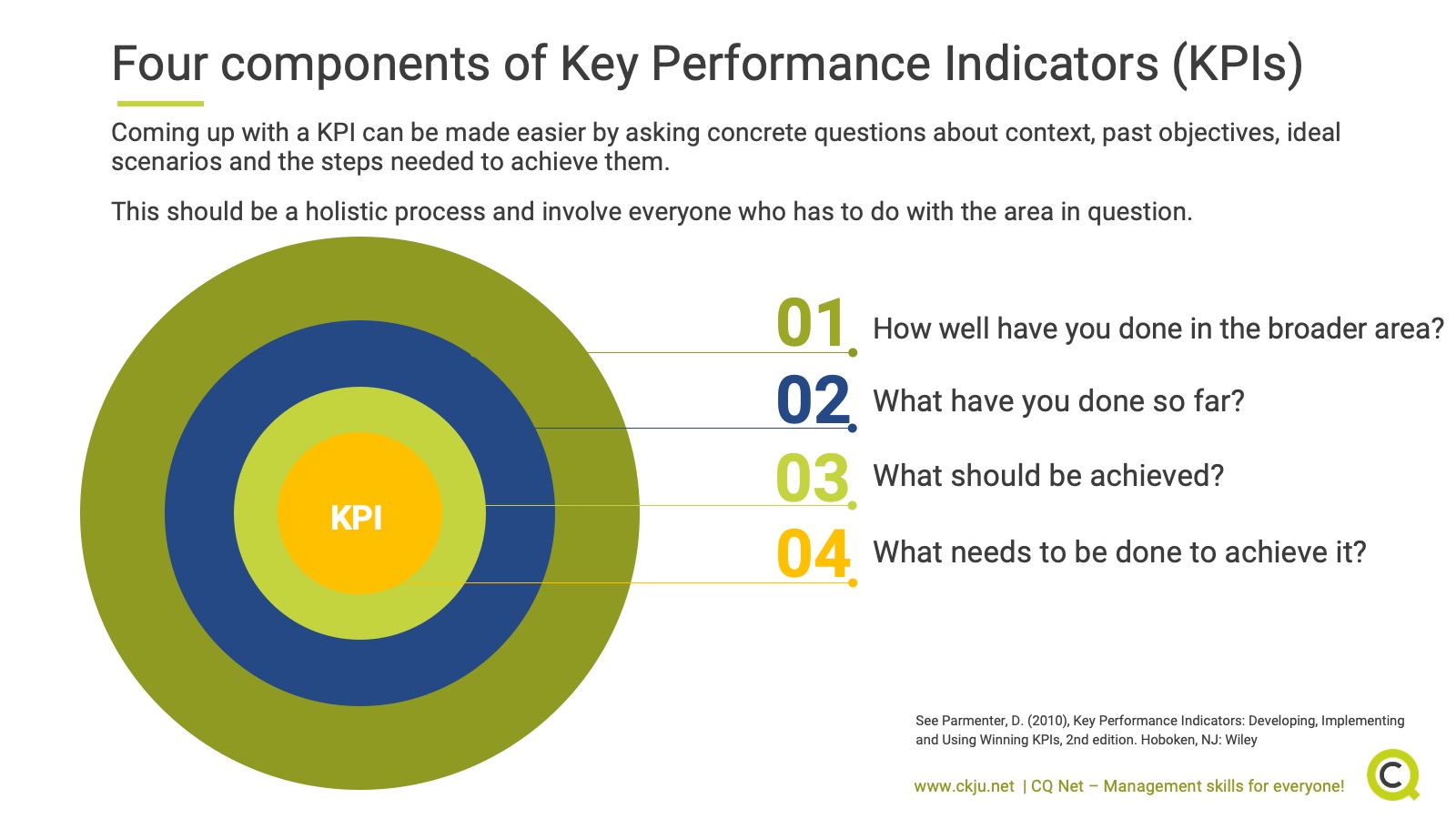
Mercari OKR implementation example
Goal: Reduce the number of inquiries on the US version of Mercari.
Results indicator ①
Reduce the number of seller inquiries by 30%.
Results indicator ②
Reduce buyer inquiries by 20%.
Goals and indicators that are concise and impactful, like Mercari’s example, are easier to share across the organization than goals and indicators that are too detailed or complex to convey their meaning to employees.
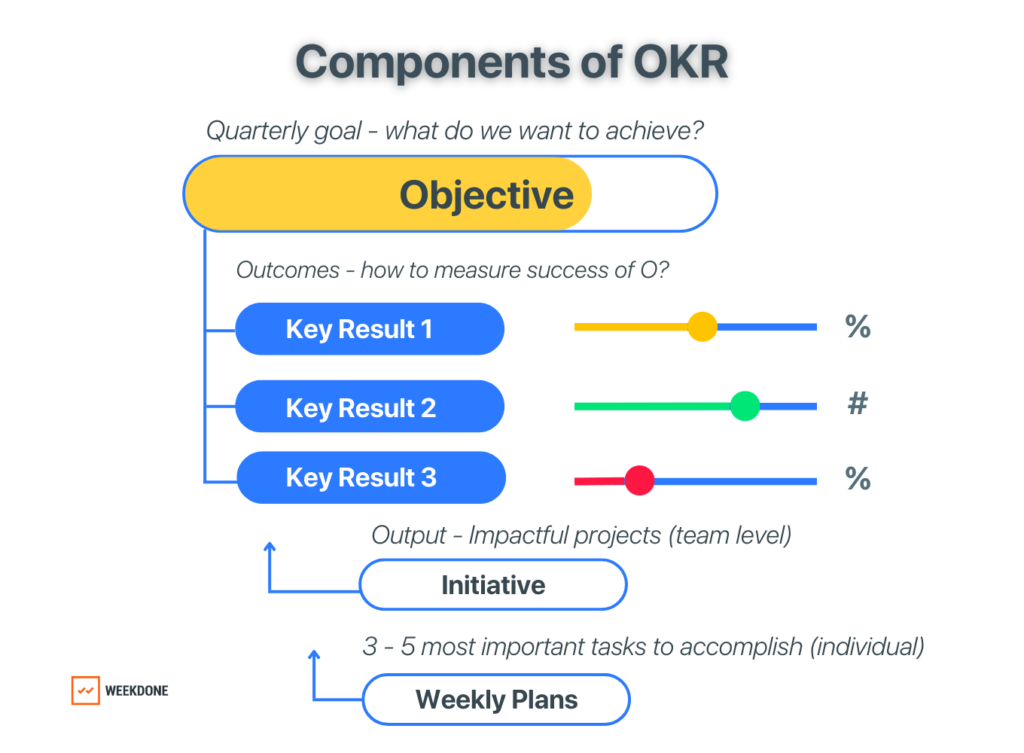
summary
OKRs are performance indicators and methods for managing them to achieve the goals set by a company.
The goals and performance indicators that we set are visualized so that all employees can understand them, and we manage progress. The key is to set “difficult goals (stretch goals)” that are not 100% achievable, but that you think will be difficult to achieve.
The main benefits of OKRs include “allowing employees to prioritize what they need to do,” “linking organizational and individual goals, creating opportunities for motivation and learning,” and “clarifying responsibilities and addressing issues.” “Being able to wash it out.”
The important thing to focus on when setting goals is to “bring out the power of employees” with concise and impactful goals and indicators, such as Mercari’s example.
First, understand what OKRs are and how they differ from KPIs and MBOs, and aim to set the optimal OKRs according to your company’s actual circumstances.

